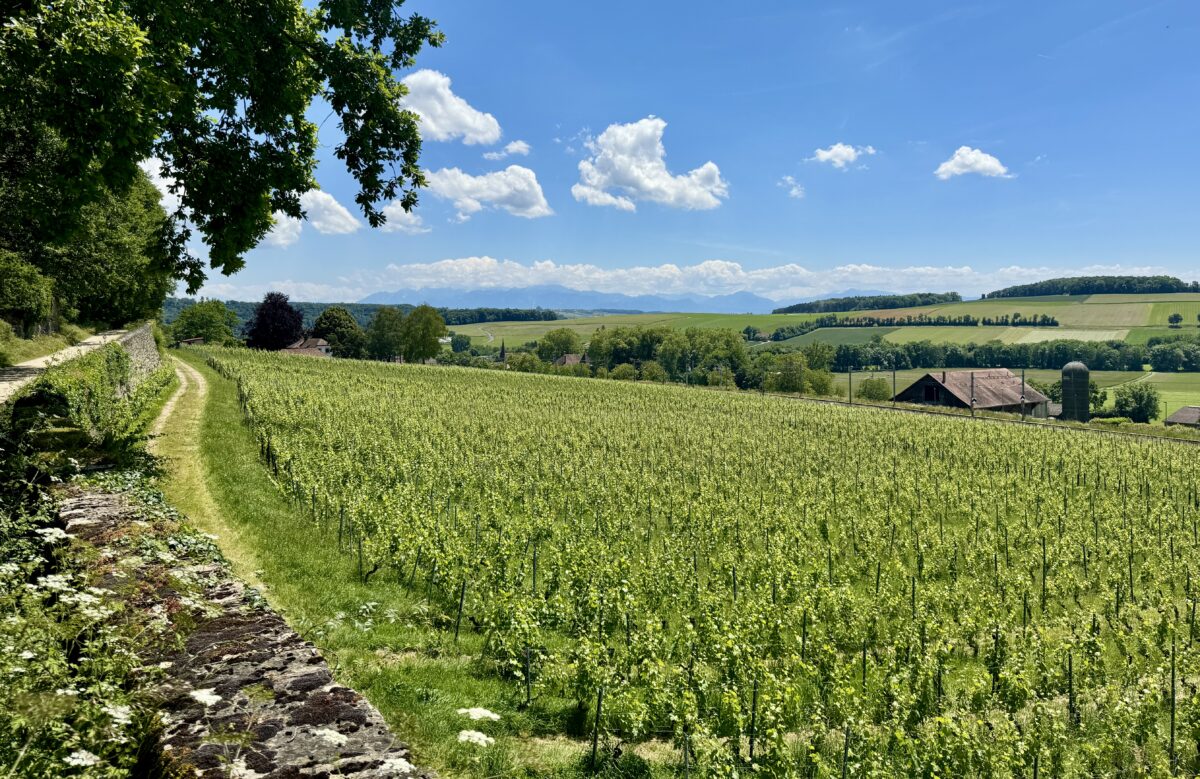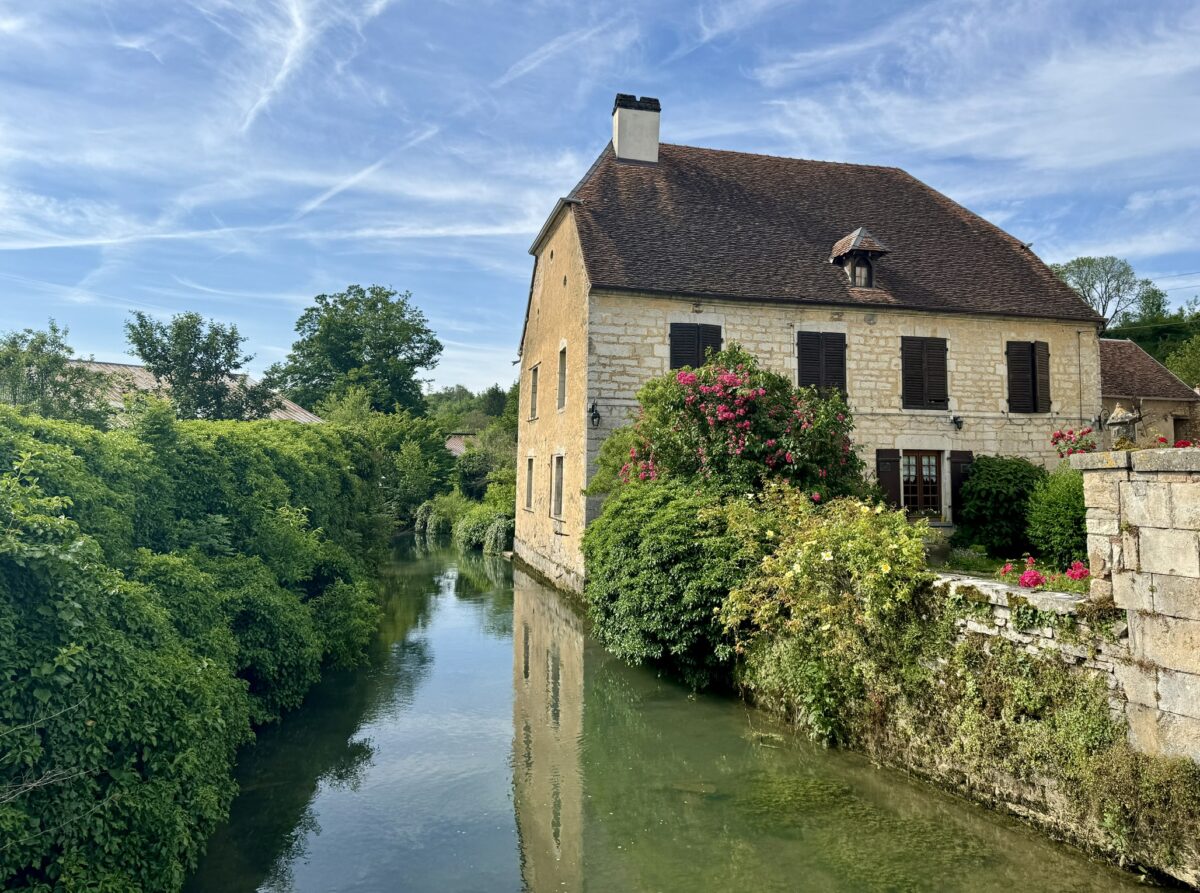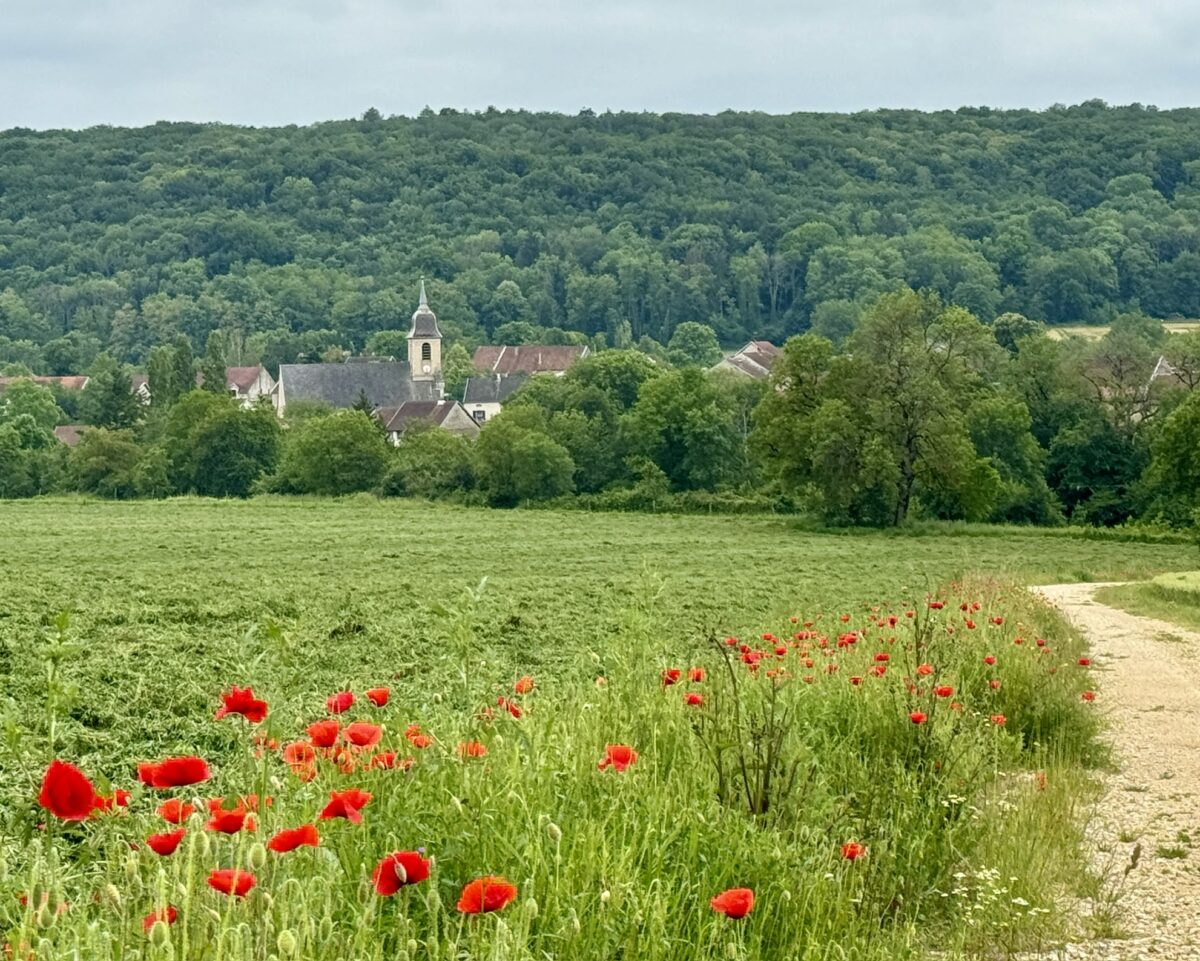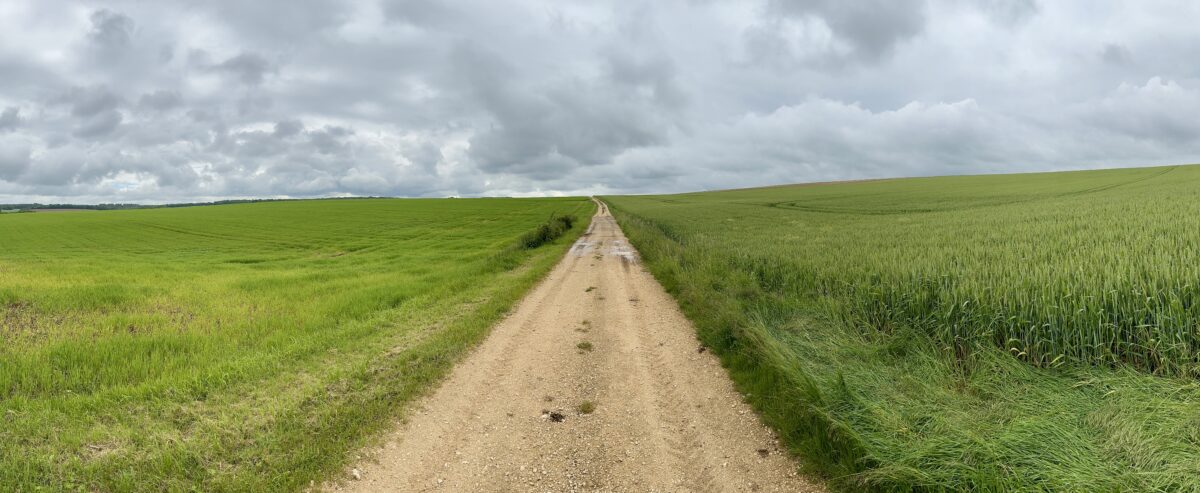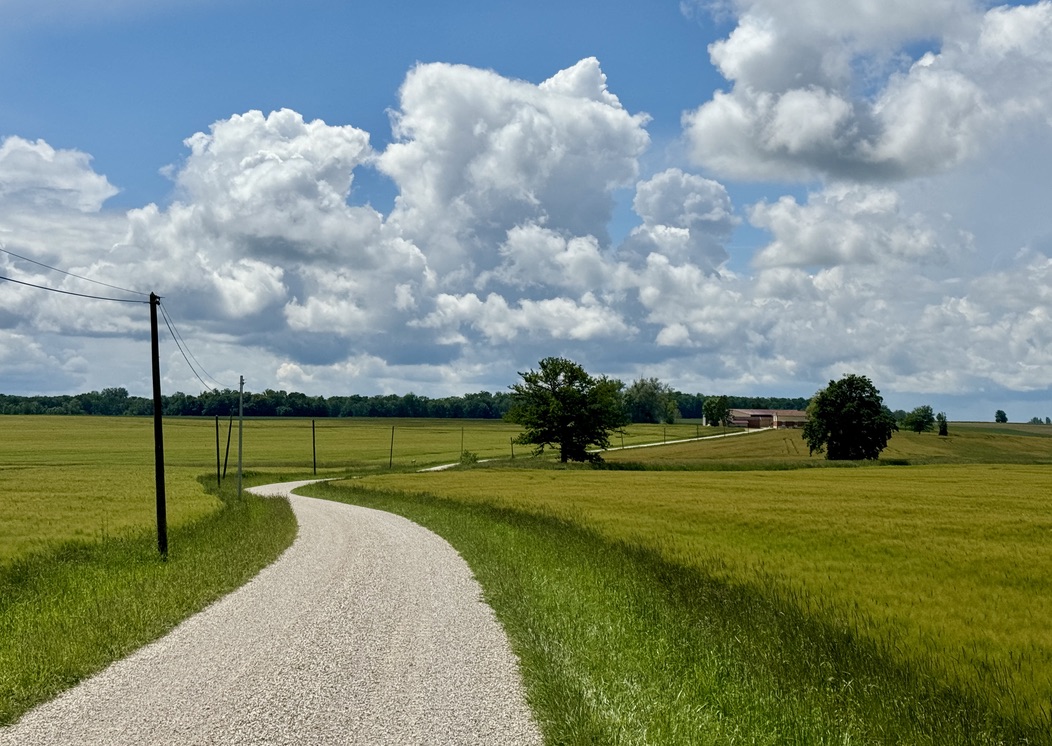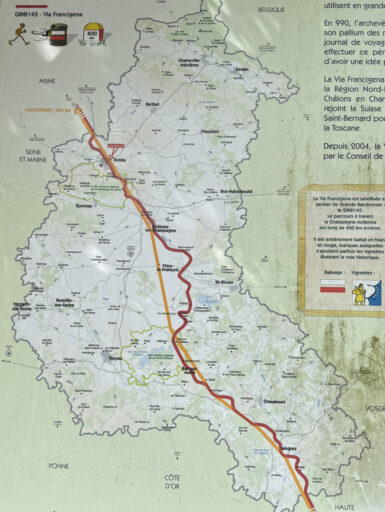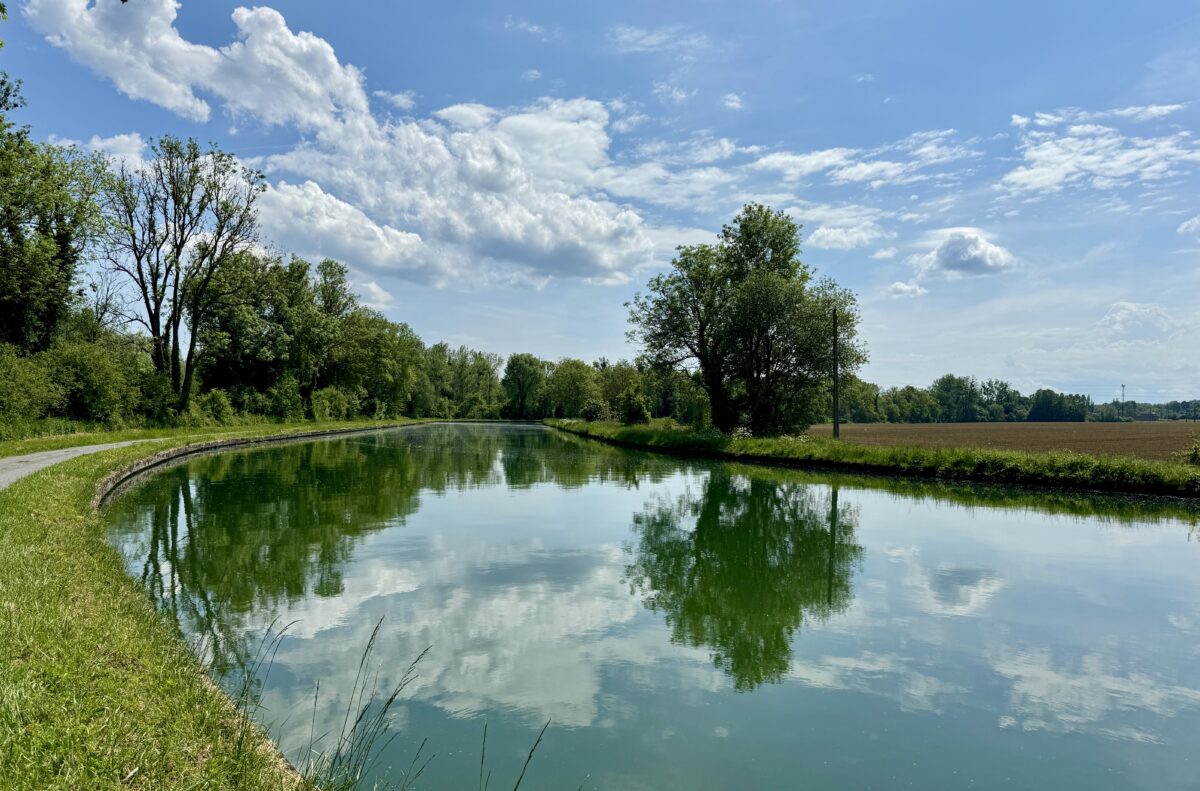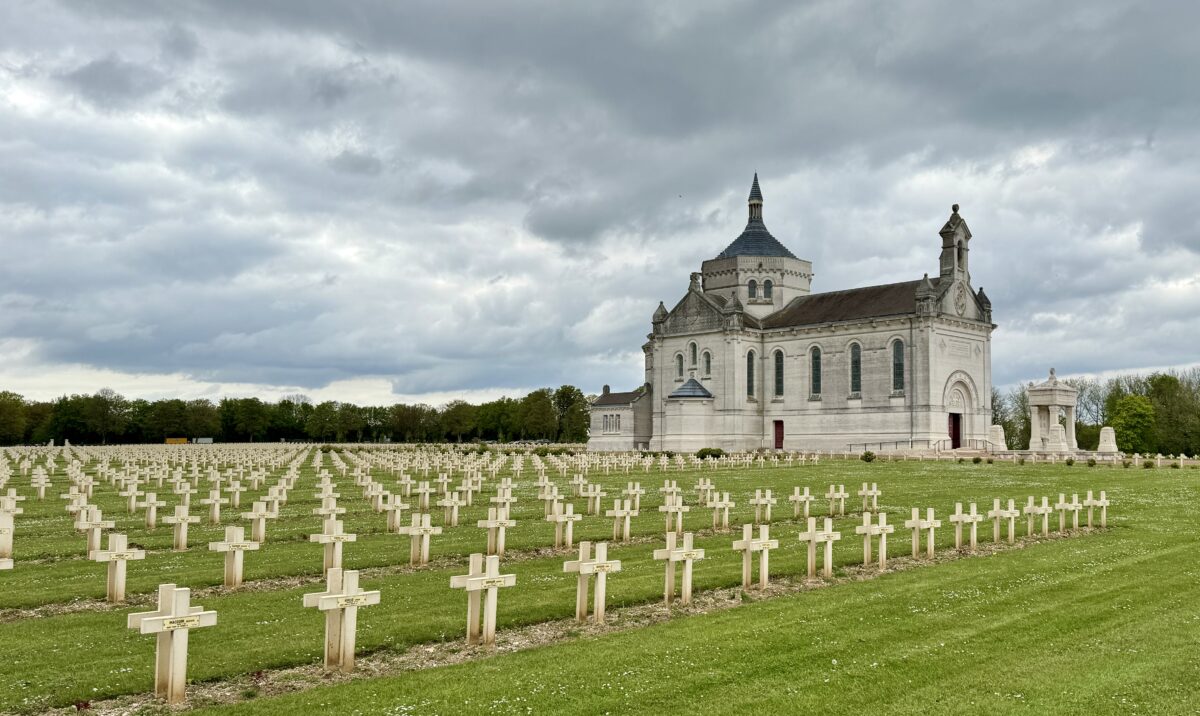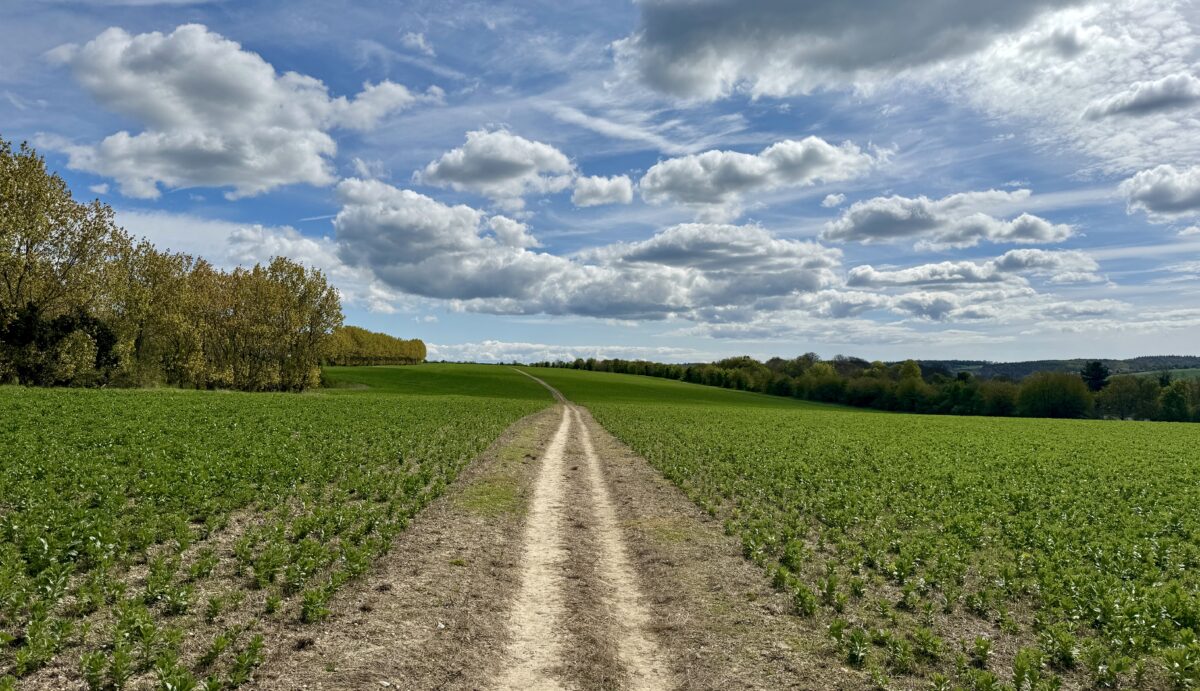The Via is completely changed from what I’ve experienced in the past few weeks. Everything they say about Switzerland is true. The pristine landscape, the manicured design, the efficiency, and the very high prices (US$39 for a Chicken Burger?!?)
Continue reading “Via Francigena 2024/2025 Days 44-46: Jougne to Lausanne”Category: Recreation
Pertaining to non-work-related activities.
Via Francigena 2024/2025 Days 40-43: Besançon to Jougne
I can’t tell you how excited I feel after so many weeks of flat terrain. Honestly, it has been a huge test for me to find the beauty in the fields and forests and empty villages. There is no denying that “my heart’s in the highlands!”
Continue reading “Via Francigena 2024/2025 Days 40-43: Besançon to Jougne”Via Francigena 2024/2025 Days 36-39: Champlitte to Besançon
I thought the empty flatlands would never end but I’m finally getting a strong sense of some serious changes to my Via. More social engagement, along with more elevation change, all serve to give me new energy.
Continue reading “Via Francigena 2024/2025 Days 36-39: Champlitte to Besançon”Via Francigena 2024/2025 Days 32-35: Semoutiers-Montsaon to Champlitte
My recent social interactions have been a welcome break from the isolation I’ve felt over the past few weeks. I hope it continues. And I also hope to finally see some elevation changes ahead…
Continue reading “Via Francigena 2024/2025 Days 32-35: Semoutiers-Montsaon to Champlitte”Via Francigena 2024/2025 Days 27-31: Saint Léger sous Brienne to Semoutiers-Montsaon
The vast fields seem never-ending. Which allows me (or maybe, forces me?) to look for the subtle differences from day to day.
Continue reading “Via Francigena 2024/2025 Days 27-31: Saint Léger sous Brienne to Semoutiers-Montsaon”Via Francigena 2024/2025 Days 20-26: Reims to Saint-Léger-sous-Brienne
This signboard and map confirm that I am now in a whole new section of the Via. I wonder if I’ll notice much difference to the endless fields and empty villages I’ve seen so far.
Continue reading “Via Francigena 2024/2025 Days 20-26: Reims to Saint-Léger-sous-Brienne”Via Francigena 2024/2025 Days 16-19: Tergnier to Reims
Today was a long day, so there are many pics.
Continue reading “Via Francigena 2024/2025 Days 16-19: Tergnier to Reims”Via Francigena 2024/2025 Days 11-15: Arras to Tergnier
I’m back!
The doctor advised me to stay off my sore foot for 5 to 7 days. Since I had walked into Arras on 1 May, my goal was to walk out of Arras on 8 May. The swelling in my left foot had decreased significantly since last week. Though it was still somewhat red and tender, standing still or walking slowly through museums over the past two days hadn’t caused any pain. I felt ready for a real test.
Continue reading “Via Francigena 2024/2025 Days 11-15: Arras to Tergnier”Via Francigena 2024/2025 Days 7-10: Thérouanne to Arras
Where is everybody?
France is so quiet and empty – at least, the part I’ve passed through so far.
And with so many silent reminders to the fallen of World War I along the way, it’s extremely somber.
Continue reading “Via Francigena 2024/2025 Days 7-10: Thérouanne to Arras”Via Francigena 2024/2025 Days 1-6: Canterbury to Thérouanne
Many people who try multi-day trekking for the first time, and enjoy it, develop a curiosity about other similar routes around the world. Quite often, I compared notes about other paths with pilgrims on the Camino de Santiago (Camino Francés) in 2022 (which I blogged about here). It was on that walk that I learned about “the longest ancient pilgrimage route in Europe: the Via Francigena.”
Now that piqued my interest!
Continue reading “Via Francigena 2024/2025 Days 1-6: Canterbury to Thérouanne”
